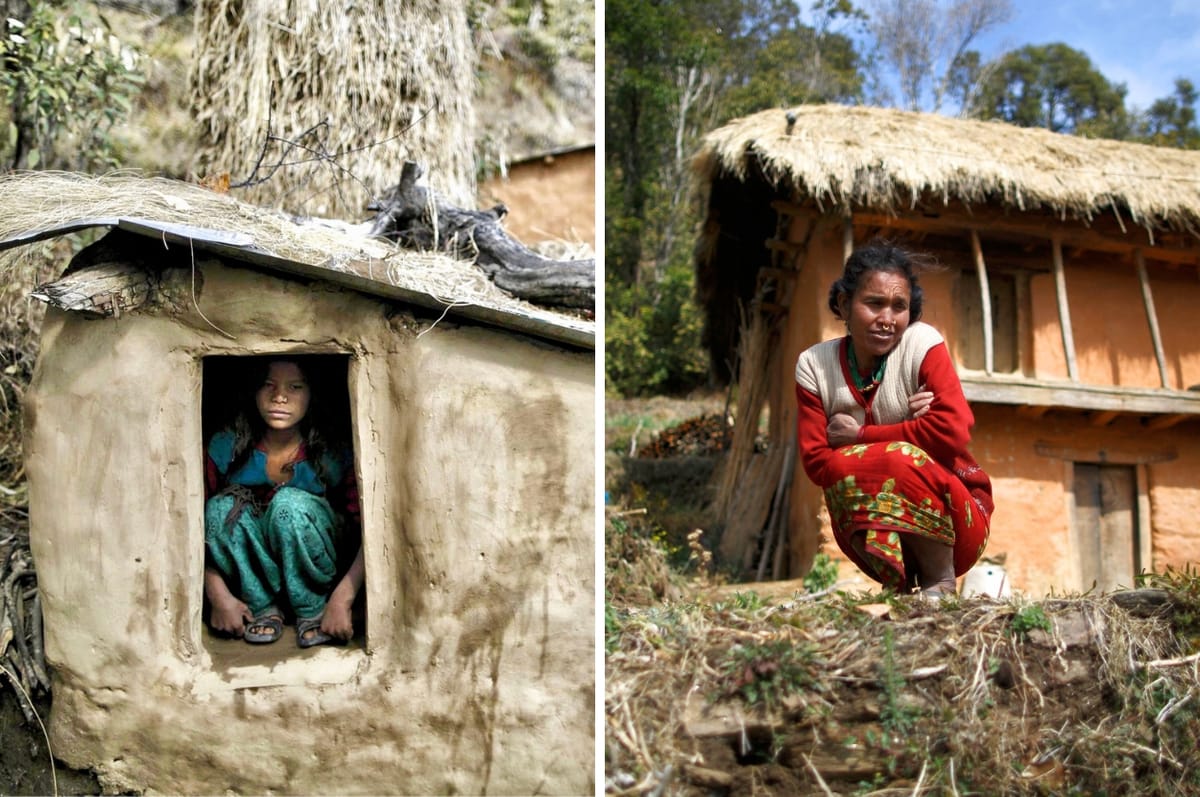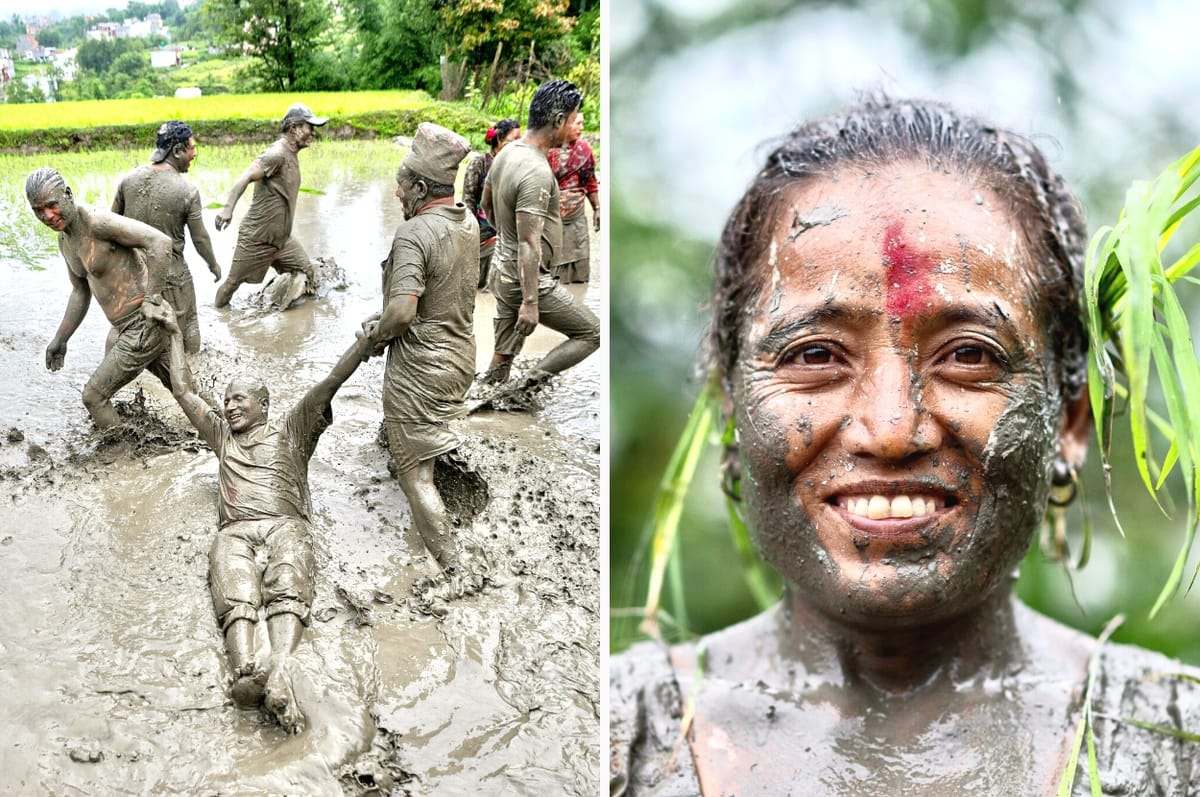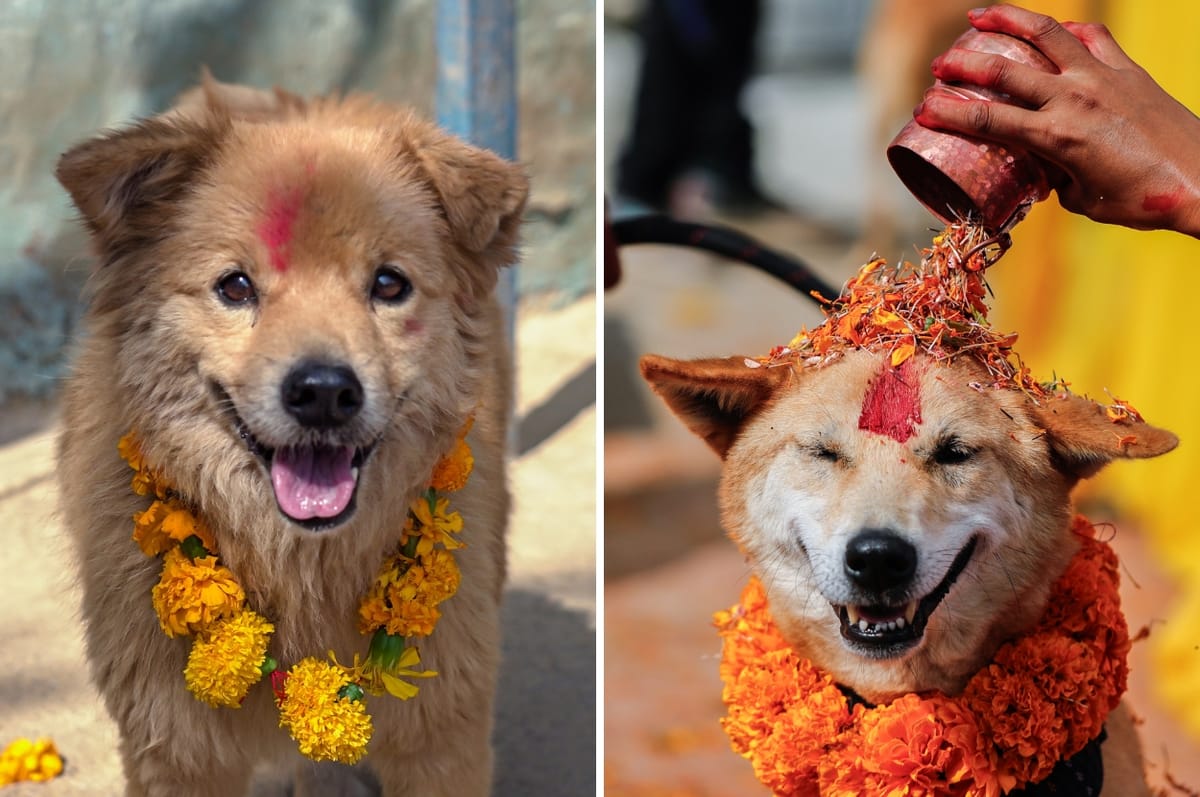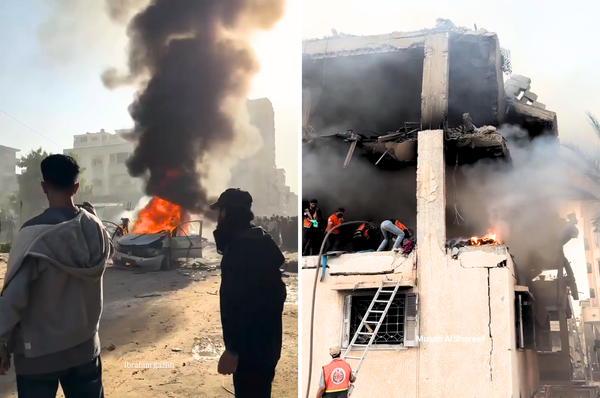Nepal’s Last Nomadic Tribe Has Lived In Isolation For Years And Is Now Facing Extinction
Unlike other Indigenous groups, the Raute reject agriculture, permanent settlements and formal education.
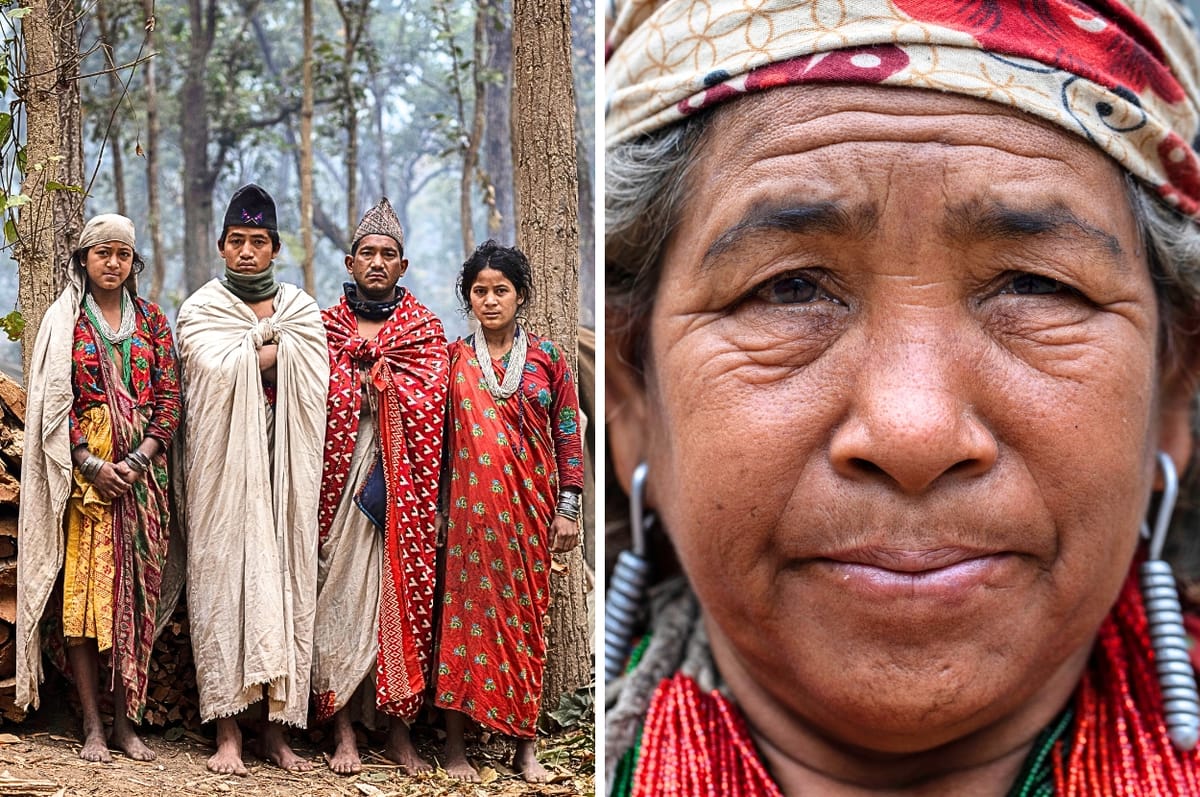
As urbanization accelerates across Nepal, the country’s last nomads, the Raute, continues to follow its ancient way of life, but their numbers are declining rapidly.
Unlike other Indigenous groups, the Raute reject agriculture, permanent settlements and formal education.
They survive by hunting monkeys and trading handcrafted wooden items for rice, iron and clothing.
The Raute’s population has dropped dramatically from 566 in 2021 to just 135 in 2025.
The recent death of the group’s chief, reportedly due to excessive alcohol consumption, has further deepened the crisis.
Child mortality remains especially high, largely due to the lack of maternal care and cultural taboos that prevent outsiders, even doctors, from touching their children.
The Raute follow a seasonal migration pattern, moving to the lowlands in winter and retreating into the hills during summer.
Although the government recognizes them as endangered and provides each Raute person with a monthly allowance of 4,000 Nepalese rupee (US$46) for food and healthcare, community workers report much of this is spent on alcohol.
Women play a central role in the Raute’s daily life — being responsible for cooking, collecting water, gathering food and even building shelters — but hold little influence in decisions related to health, education or the community’s future.
While the elders continue to resist changes, especially in education, some younger Raute are quietly pushing for change.
EPA photographer Narendra Shrestha, recently spent three days with the Raute to photograph them.
“They didn’t welcome me at first,” Shrestha told Almost. “I spent the first day without taking any photos, just trying to blend in.”
He said an earlier meeting he had with four Raute youths in Kathmandu helped. “The friendship we built made it easier to be accepted,” he said.
Shrestha said during his time with the Raute, he observed a growing tension between tradition and the hopes of the younger generation.
“Many wanted to leave, study or live in the city,” he said. Yet he said what stayed with him were the quieter moments: a 14-year-old young mother feeding her newborn and the resilience in a woman’s smile despite daily hardship.
With support from the Social Service Centre Nepal, an organization working with the community, a few Raute youth have quietly begun learning basic literacy, receiving health assistance and even leaving the forest to visit the capital.
However, with their numbers dwindling and external pressures rising, the future of the Raute remains uncertain.
You Might Also Be Interested In
